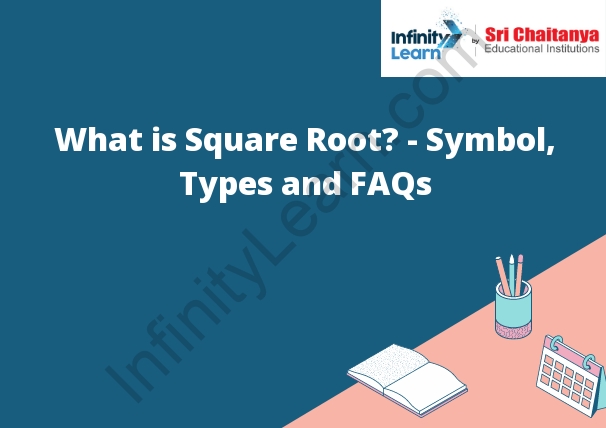Table of Contents
Define a Square Root
A square root is a mathematical operation that extracts the square root of a number. For example, the square root of 9 is 3, because 3 is the positive number that when multiplied by itself equals 9.

The Symbol of Square Root
The square root symbol is used to indicate the square root of a number. The square root of a number is the number that is multiplied by itself to get the original number. For example, the square root of 9 is 3 because 3 multiplied by itself equals 9.
How to Find the Square Root?
The square root of a number is the number that, when multiplied by itself, results in the original number. For example, the square root of 16 is 4 because 4 multiplied by 4 is 16.
There are a few ways to find the square root of a number. One way is to use a calculator. Another way is to use a method called the “division method.”
To use the division method, you first need to know what the square root of the number is. For example, if you want to find the square root of 64, you would first find the square root of 6 (which is 2) and then multiply it by 4 (because 4 is the square root of 16). This would give you the answer 8.
Another way to find the square root of a number is to use a method called the “prime factorization method.” To use this method, you first need to know the prime factors of the number. The prime factors of a number are the numbers that can be divided evenly into the number without leaving a remainder. For example, the prime factors of 12 are 2, 3, and 4.
Once you know the prime factors of the number, you can find the square root of the number by dividing the number by each of the prime factors. For example, the square root of 64 can be found by dividing 64 by 2, 3, and 4. This would give you the answer 8.
A. Square Root by Prime Factorization
The square root of a number can be found by prime factorization. The square root of a number is the number that is multiplied by itself to get the original number.
For example, the square root of 64 is 8 because 8 multiplied by 8 is 64.
B. Square Root By Long Division
In mathematics, a square root of a number is a number that, when multiplied by itself, gives the number. For example, the square root of 9 is 3, because 3 multiplied by 3 equals 9.
The square root of a number can also be found using long division. To find the square root of a number using long division, divide the number by 1, then divide the result by 2, then divide the result by 3, and so on. When you reach a number that cannot be divided evenly by the number you are dividing by, the square root is the number that is left over.
For example, to find the square root of 64, divide 64 by 1, then divide the result by 2, then divide the result by 3, and so on. When you reach a number that cannot be divided evenly by the number you are dividing by, the square root is the number that is left over. In this case, the square root of 64 is 8.







